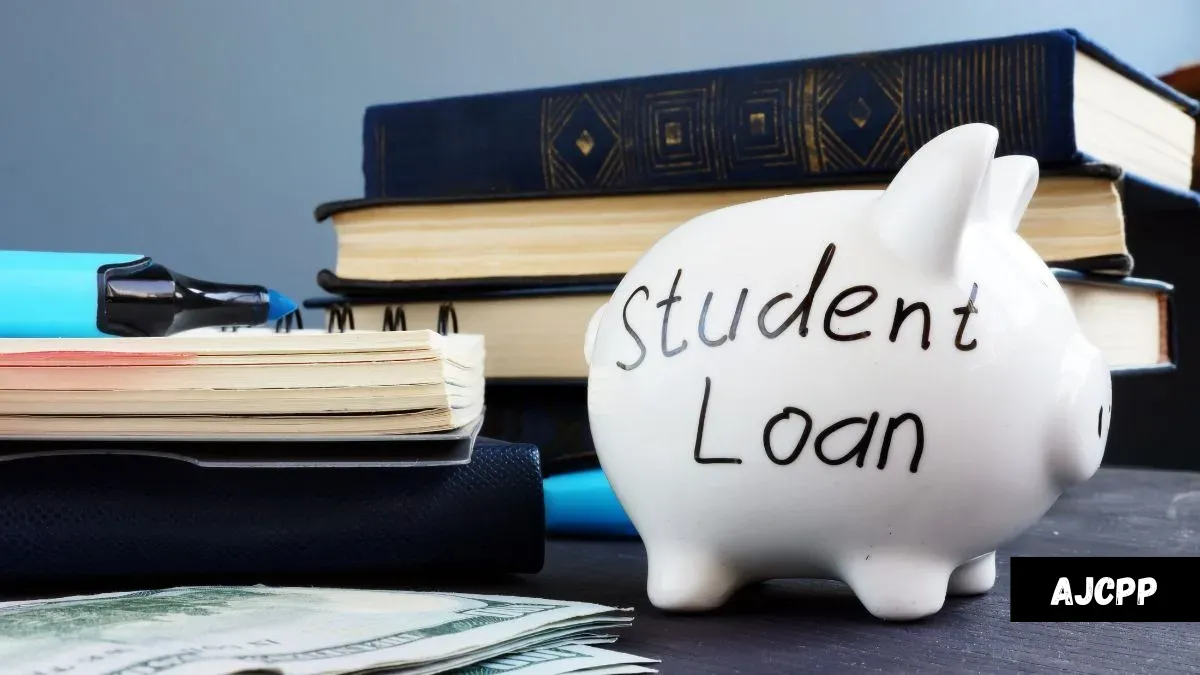Student loan forgiveness in the U.S. is facing new uncertainty as the Trump administration outlines major changes to federal relief efforts. Central to this shift are proposed revisions to both the Public Service Loan Forgiveness (PSLF) program and income-driven repayment (IDR) plans, which have long offered critical relief for public sector workers and low-income borrowers.
President Trump has signed an executive order that could significantly scale back the PSLF program. Under current guidelines, this initiative allows for full cancellation of federal student loans after a decade of qualified payments by those working in public service. However, the new order seeks to restrict access by redefining which organizations qualify as public service employers.
The administration’s directive targets certain nonprofit and public organizations, labeling them as harmful to national interests. Specifically, it would disqualify groups focused on immigration reform, DEI (diversity, equity, and inclusion) initiatives, and support services for transgender youth from PSLF eligibility.
President Trump criticized the PSLF program as being an inefficient use of public funds, arguing that it encourages excessive borrowing. Critics, however, caution that the vague language in the executive order could lead to politically motivated exclusions, stripping eligibility from many organizations and employees who previously qualified for relief.
What Else Is Changing Under the Trump Student Loan Plan?
The Trump administration is pushing a more market-oriented student loan policy, emphasizing reduced federal intervention and increased borrower accountability. Based on the latest updates from June 2025, here’s a summary of what borrowers might encounter:
- Broad loan cancellation like that seen under President Biden will no longer be pursued
- A revised IDR plan will require 12.5% of discretionary income as monthly payments, with forgiveness granted after 15 years
- Subsidized loans for students from low-income households will be eliminated
- There will be tighter controls over loan servicers, along with stricter approval standards for Borrower Defense to Repayment claims
- The SAVE plan and other borrower-focused IDR initiatives from the Biden era may be repealed
What Does This Mean for Borrowers?
If these reforms take full effect, they could significantly impact teachers, nonprofit workers, government employees, and borrowers from low-income backgrounds. These individuals often depend on PSLF or IDR programs to manage and eventually discharge their student debt.
While over a million borrowers have benefitted from PSLF—thanks largely to relaxed rules introduced under the Biden administration—the Trump plan could sharply limit those benefits. Eligibility may now hinge on the employer’s mission or affiliations, dramatically shifting the landscape of federal aid and forgiveness.
As of May 5, 2025, student loan collections on defaulted debt have restarted, ending the pause that was implemented during the COVID-19 pandemic. In response, borrowers are urged to re-evaluate their repayment plans. Resources like income-driven repayment, Teacher Loan Forgiveness, Total and Permanent Disability (TPD) discharge, and benefits through AmeriCorps or military service may still offer paths to relief.
As the Trump administration advances policies focused on tightening eligibility and narrowing the scope of federal forgiveness, many borrowers could find themselves cut off from previously accessible aid. Though PSLF is still operational, its continuity—and that of broader forgiveness initiatives—rests on the final implementation of these proposed changes.
To navigate the evolving student loan landscape, borrowers are advised to monitor official updates from the Department of Education, consistently recertify their income for IDR plans, and consult with loan servicers or legal professionals. Staying proactive will be key to securing any available relief as policies continue to shift.
William is a passionate finance blog writer with a knack for simplifying complex financial topics. With years of experience in personal finance, investing, and budgeting, he helps readers make smarter money decisions through practical advice and clear, engaging content. When he's not writing, William enjoys tracking market trends and exploring new ways to build financial freedom.
